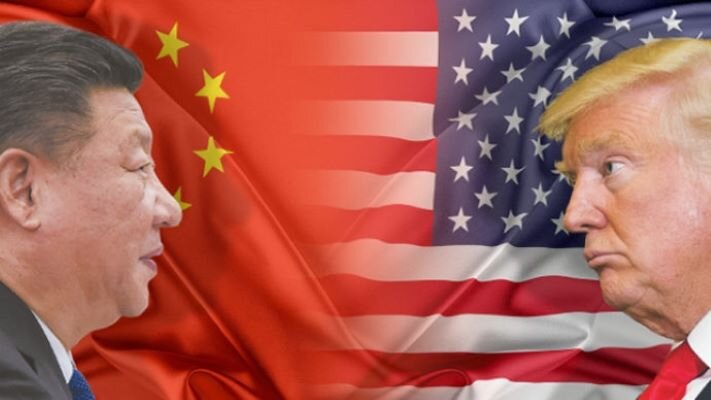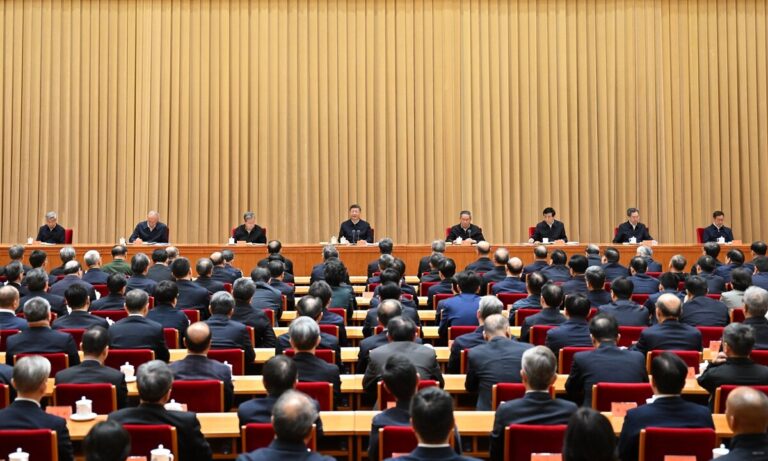China Imposes Tariffs on US Imports: Escalating Trade Tensions in a Tit-for-Tat Showdown
In a significant escalation of the ongoing trade conflict, China imposed tariffs on US imports in a swift reaction to new duties announced by the United States. This move reignites a trade war between the two largest global economies, as President Donald Trump aims to hold China accountable for not curbing the flow of illicit drugs.
Starting at 12:01 a.m. ET on Tuesday (0501 GMT), Trump’s new 10% tariff on all Chinese imports took effect. Almost immediately, China’s Finance Ministry responded by declaring its own tariffs:
- 15% on US coal and liquefied natural gas (LNG)
- 10% on crude oil, agricultural equipment, and certain automobiles
The newly introduced tariffs on US exports are scheduled to begin on February 10, as per the Ministry’s announcement.
In a related development, China’s Commerce Ministry, alongside its Customs Administration, revealed that the country will also implement export controls on several critical minerals, including tungsten, tellurium, ruthenium, and molybdenum. These measures are described as necessary to “safeguard national security interests.”
Earlier on Monday, President Trump had temporarily suspended his threat to impose a 25% tariff on imports from Mexico and Canada, agreeing instead to a 30-day moratorium in exchange for concessions related to border security and crime enforcement with these neighboring nations. However, this reprieve did not extend to China.
A White House spokesperson confirmed that President Trump would not engage in discussions with Chinese President Xi Jinping until later in the week, indicating a prolonged standoff.
During his first term in office, Trump initiated a fierce two-year trade war with China in 2018, primarily due to concerns over the substantial US trade deficit. This conflict led to reciprocal tariffs on hundreds of billions of dollars worth of goods, significantly disrupting global supply chains and negatively impacting the world economy.
In 2020, an agreement was reached in an attempt to resolve the trade war, wherein China committed to purchasing an additional $200 billion worth of US goods. However, this plan was significantly disrupted by the COVID-19 pandemic, which contributed to an increase in China’s annual trade deficit, reported at $361 billion according to recent customs data.
Economic analysts at Oxford Economics have assessed the situation, indicating that “the trade war is in the early stages so the likelihood of further tariffs is high,” leading to a downgrading of China’s economic growth forecast.
Trump has reiterated his stance, warning that he may raise tariffs on China even further unless the country takes decisive action to prevent the flow of fentanyl—a potent and dangerous opioid—into the United States. He stated, “China hopefully is going to stop sending us fentanyl, and if they’re not, the tariffs are going to go substantially higher.”
In response, China has labeled the fentanyl issue as a problem for America, asserting its intent to challenge the newly imposed tariffs at the World Trade Organization (WTO). Despite these tensions, China has also indicated a willingness to engage in talks.
As the situation unfolds, the potential for further escalations in tariffs may continue to affect not only the economies of the US and China but also the global market landscape. Observers and businesses worldwide are closely monitoring developments, as the implications of this renewed trade conflict could resonate beyond bilateral relations and into broader economic stability.






